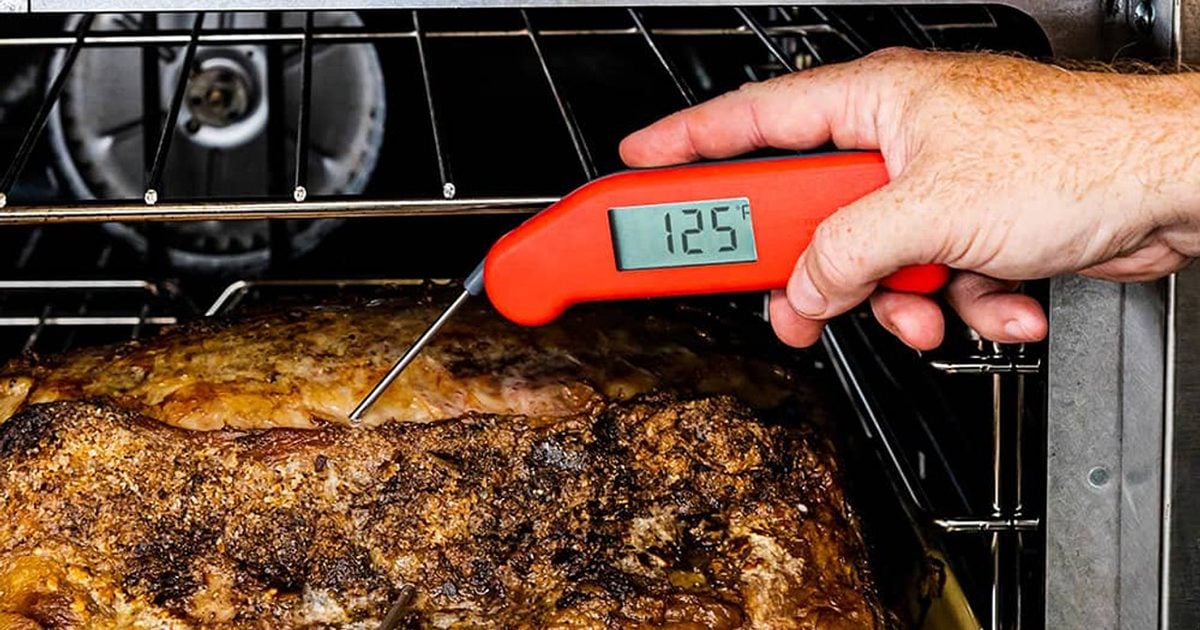How to Calibrate a Meat Thermometer That Starts at 120 for Accurate Readings
Written By James Morgan
Barbecue enthusiasts know the value of precise temperature readings. It's fundamental to achieving that perfectly grilled, smoked, or roasted meat. However, when your meat thermometer starts at 120F, you might find calibration a bit tricky. Don't worry! This in-depth guide will walk you through how to calibrate a meat thermometer that starts at 120 to ensure your cooks are always spot-on.

Why Calibration is Essential
Understanding why calibration is crucial is the first step. Without an accurate thermometer, you risk undercooking or overcooking your meat. An improperly calibrated thermometer can give false readings, leading to meat that's either unsafe to eat or overdone.
Key Benefits of Using a Calibrated Thermometer
- Ensures food safety by cooking meat to safe internal temperatures.
- Improves the quality of the cook by avoiding overcooked or undercooked meat.
- Boosts confidence in your grilling skills.

Initial Preparation
Before we dive into the actual steps for calibration, you'll need to gather some basic supplies:
- A glass of ice water
- Boiling water
- Your meat thermometer
- Calibration tool (usually a small wrench or pliers)
Important Note
Read the manufacturer's instructions for your specific meat thermometer. Some models require different calibration techniques.

Step-by-Step Guide to Calibrate Your Thermometer
Ice Water Method
1. Fill a glass with ice and add water to the brim.
2. Insert the thermometer into the ice water without touching the sides.
3. Wait for the dial to settle. It should read 32F (0C).
4. If it doesn't, use the calibration tool to adjust the needle until it does.
Boiling Water Method
1. Bring a pot of water to a rolling boil.
2. Insert the thermometer without touching the sides or bottom of the pot.
3. Wait for the dial to settle. At sea level, it should read 212F (100C). Adjust accordingly if you are at a different altitude.
4. Use the calibration tool to adjust the needle if it's off.

Fine-Tuning the Calibration
After your primary calibration, its wise to double-check your work. Go through both the ice water and boiling water methods again to ensure the readings are consistent.
Pro Tips for Barbecue Enthusiasts
- Calibrate your thermometer regularly, especially after drastic temperature changes or impacts.
- Store your thermometer in a case to prevent damage.
- Use the thermometer to measure different types of meat for better control.
Additional Insights on Meat Thermometers
For more tips, you can check out How to Use a Meat Thermometer. It covers a broader range of techniques and best practices.
Internal Reads on Related Topics
- How to Use a Roasting Pan
- Make a Roasting Pan
- Clean Burnt Enamel Pan
- Season a Griddle
- Cook Chicken Breast
Frequently Asked Questions
How often should I calibrate my meat thermometer?
It's best to calibrate your thermometer before each use, or at least monthly, to ensure accurate readings.
Can I use other liquids for calibration?
While ice water and boiling water are standard, it is possible but not recommended to use other liquids. Stick to these conventional methods for best results.
What do I do if my thermometer wont calibrate accurately?
If your thermometer continues to give inaccurate readings even after calibration, it may be time to replace it.
As an Amazon Associate, I earn from qualifying purchases.



